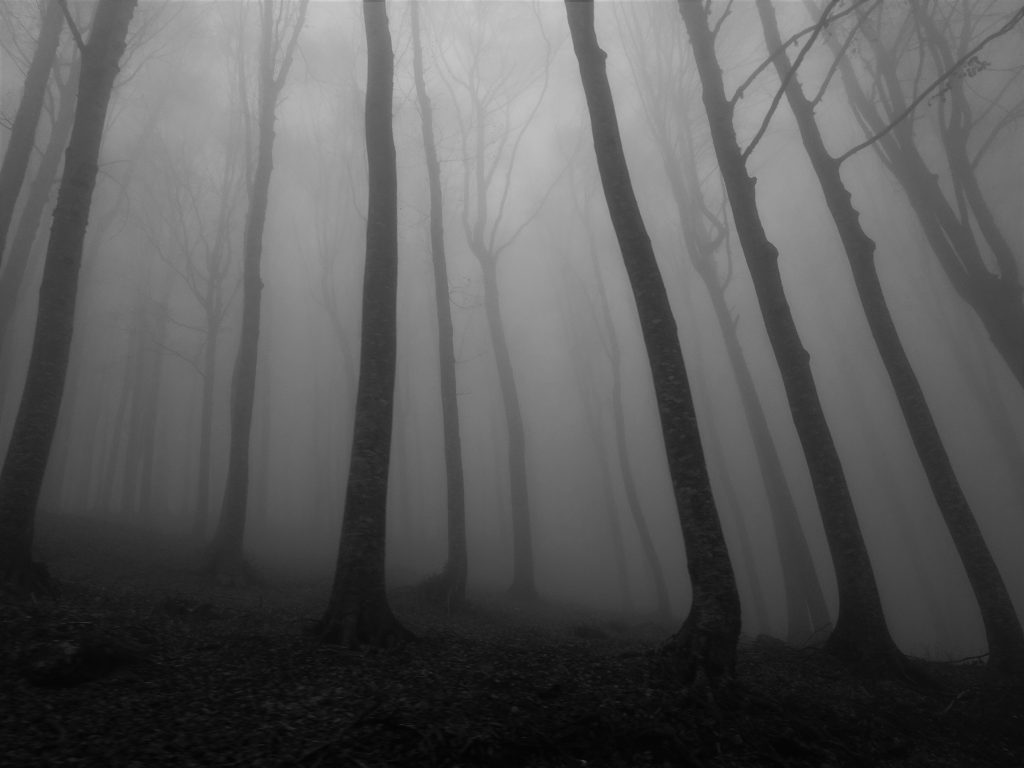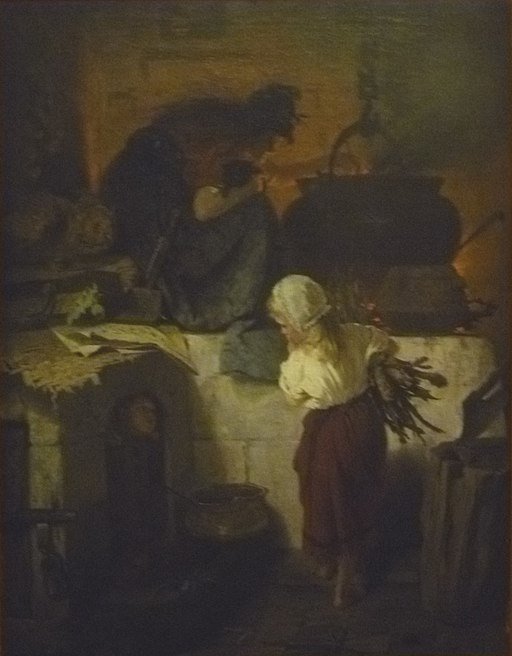
Folklore has an extended history of portraying witches as evil, human-sacrificing, child-eating monsters–and for with all of the religious turmoil and economic insecurity that these stories sprang from it’s no wonder. Hansel and Gretel are no different, in fact, it may be the most telling story of them all; for the real evil lies not within the woods, but in the home from which Hansel and Gretel are inevitably turned out.
The Origin of Hansel and Gretel
The original tale of Hansel and Gretel, like many tales that came before literacy and written record was a tale passed down through verbal methods–if you grew up having fairy tales read to you, then you’re probably familiar with the tale of these two siblings. Two children lost in the woods, a trail of breadcrumbs, and a cottage made out of delicious sweets. A wicked witch traps the siblings, intending to eat them, but they trick her, narrowly escape with their lives, and make it back home to their father.

While the story doesn’t give us an exact date of when the story was to have taken place, the Brothers Grimm recorded and published the first printed version in 1812, but the story has roots that show it existed in oral traditions for hundreds of years prior. There are theories that date this tale back to the famine that ravaged Europe during the 1300s, which would place the origin somewhere during the Medieval era. The key-point of the story is that the family of Hansel and Gretel are on the brink of starvation–there is so little that the story suggests that their father’s wife, referenced as the children’s stepmother, would rather sacrifice the lives of the children than go without herself.
Survival is the name of the game–this developed the mood of scarcity, gumption, and the bond between siblings. Their family must survive the famine, then the siblings must survive the parents, as well as the hardships of the woods, not to mention the witch herself. It’s easy to overlook the sinister nature of all of these aspects of the tale as soon as there is mention of a cottage made out of candy and sweets. That is the one part of the tale that plants this story firmly into the category of fairy tale, because even though witches may be no stranger to fictional tales, we know all too well that humans can do awful things to one another, including abandoning their children for selfish reasons.
Giving Folklore New Life

From the origins of Hansel and Gretel, to this newest take on its adaptation to film, the director Osgood Perkins did a wonderful job in honoring the roots of this fairy tale, while also making it unique, visually tantalizing, as well a tasteful combination between the old and the modern. Since he originally made his debut as a horror writer/director with a beautifully tragic and superbly horrific possession film entitled The Blackcoat’s Daughter (2015), Perkins has given us a fresh perspective on what we should expect from horror. His movies are particularly dark and dreary, the hauntingly realistic settings in which he places his characters bring a dramatic, eerie, slowness that takes you through someone’s story, instead of rushing you to the end. Just like with his first true horror success, Gretel & Hansel (2020) takes us on a journey upon which we are allowed to savor the terrifying circumstances our protagonists take.
If you noticed the glaring differences between the folklore and this new film adaptation, you’re not the only one–the most obvious of which is the age of the siblings. In the original folklore they’re either portrayed as twins, or as an older brother/younger sister pair, but here we see Gretel as the big protective sister. This change is captivating as it gave us Sophia Lillis exploring her talents for horror again after she brought us It (2017) as well as It: Chapter Two (2019) as Beverly Marsh–the sole girl “loser” in an otherwise boys-only club. Suffice it to say Lillis is exceptional in both her role as Beverly and now as Gretel.
It’s not like there haven’t been multiple attempts to capture the original story on film, but it seems like any film that ventured to capture the dark and terrible nature of this tale of caution have all been conveyed with too much of a sense of fantasy and not with the reality with which it was treated in this newest adaptation.
Long live Gretel the Good.

Georgia-based author and artist, Mary has been a horror aficionado since the mid-2000s. Originally a hobby artist and writer, she found her niche in the horror industry in late 2019 and hasn’t looked back since. Mary’s evolution into a horror expert allowed her to express herself truly for the first time in her life. Now, she prides herself on indulging in the stuff of nightmares.
Mary also moonlights as a content creator across multiple social media platforms—breaking down horror tropes on YouTube, as well as playing horror games and broadcasting live digital art sessions on Twitch.
